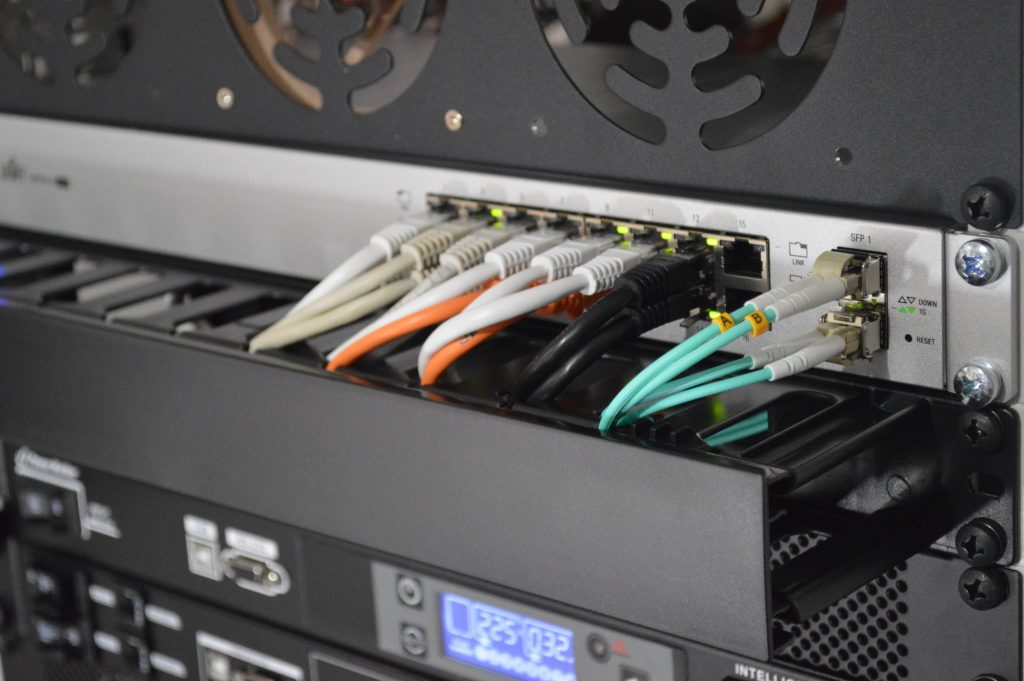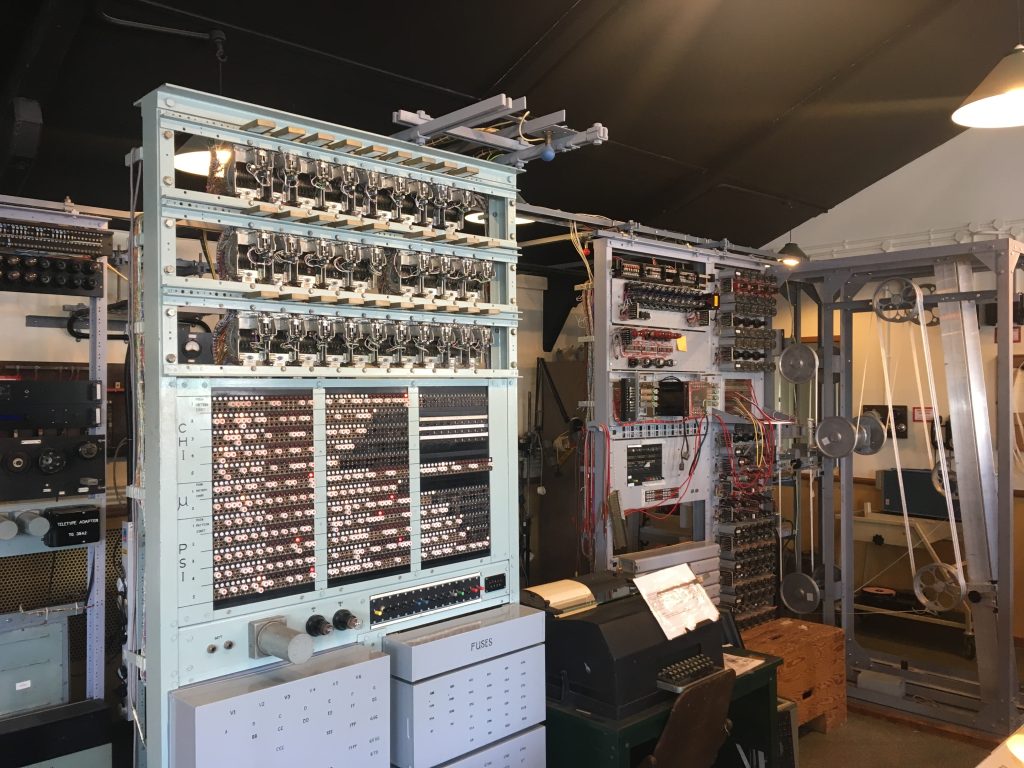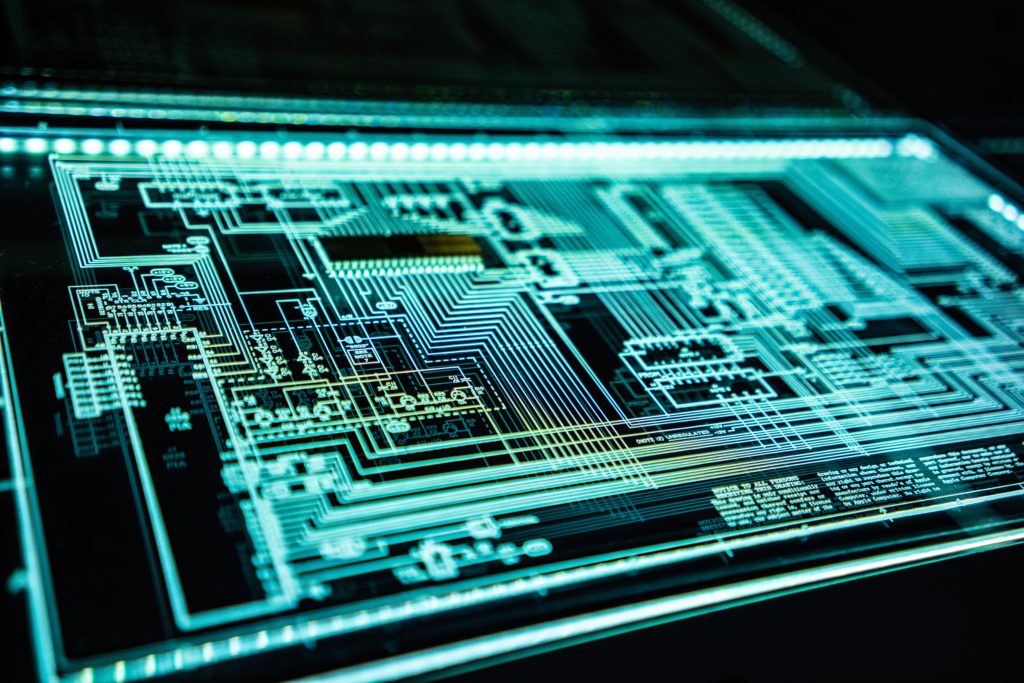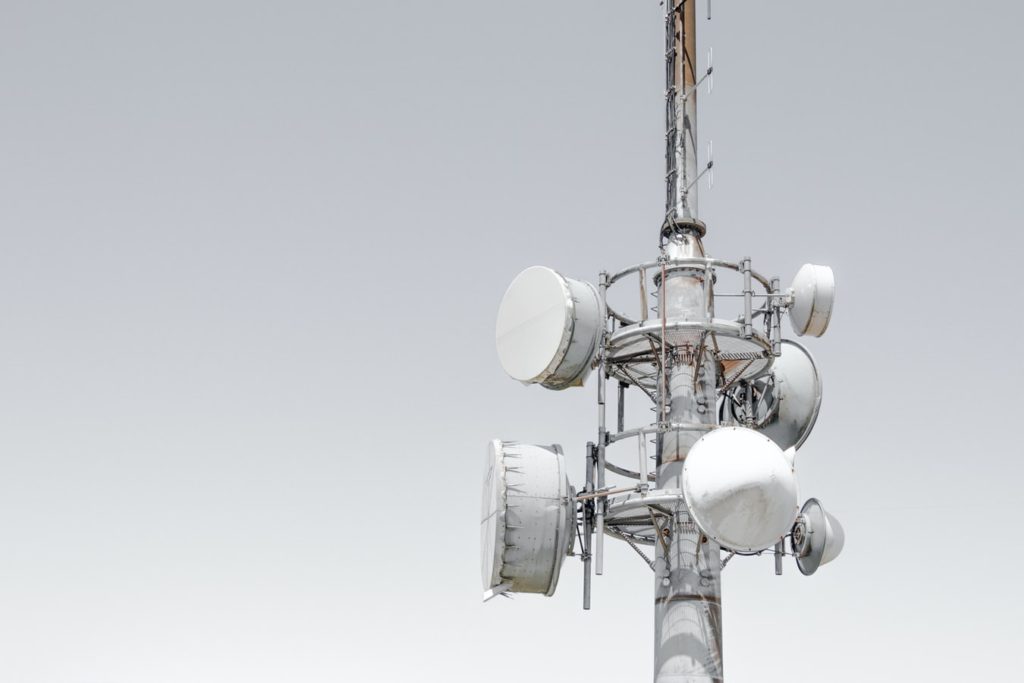Photo by Thomas Jensen on Unsplash
Data centers are vital for modern-day computing and have also evolved based on the requirements of different types of computing. Today, there are different types of data centers. However, of all, hyperscale data centers are on the rise.
Hyperscale data centers house several connected computing systems. A typical hyperscale data center has around five thousand servers. Each of these has many high-end XPUs. As the number of hyperscale data centers increases, it will be crucial to equip these with more workload-friendly XPUs.
Data: The Data Generation Rate Is Doubling Every Year Due To The Increase In The Number Of Connected Devices.
Complexity: Complex Workloads Are Pushing The Need For New And Advanced Hyperscale Devices.
Traditionally, the server version of the general-purpose architecture is enhanced and used for data centers. However, lately, companies that own hyperscale data centers have realized that the traditional approach is not future workloads friendly.
To solve such a problem, in-house development of hyperscale XPUs is increasing rapidly. Such an approach enables the hyperscale data center to become more workload friendly. The primary reason is the workload requirements. These are better known to companies deploying hyperscale data centers. And, for such a use case, a custom in-house architecture for hyperscale XPUs can make the processing at such large data centers more energy friendly.

Not many companies have made in-house XPUs for hyperscale data centers. Only a select few have brought their research idea forward and have deployed solutions across different data centers. Others are still catching up and are focusing on specific CPU architecture to bring new types of data-centric XPUs. These new XPUs can be deployed in hyperscale centers to make them more workload and energy friendly than ever.
It is also in the interest of hyperscale owners to invest in solutions that make their systems more cost-friendly. Eventually, the capital expenditure of the hyperscale data center is XPU servers. Any of the technical features (mainly thermal characteristics) that can be made more efficient than the predecessor, then in the long-term, it will lower the hyperscale ownership cost.
Time: User Experience Is Now Heavily Driven By The Processing Time, And Hyper Scaling Is Critical To Achieve It.
Scale: To Cater To Increasing Data Request, Data Centers Are Going In-House To Make Better Hyperscale XPU.
Companies developing in-house custom hyperscale XPU need to plan carefully. Otherwise, they can end up spending more on hyperscale XPUs than focusing on services. In many cases, it is also better to collaborate and let dedicated XPU companies bring new solutions and adopt new products.
As the number of hyperscale data centers increases, the requirement for better hyperscale-focused XPUs will increase. Those who can develop custom hyperscale XPU solutions that outperform existing solutions will disrupt the hyperscale market.



















